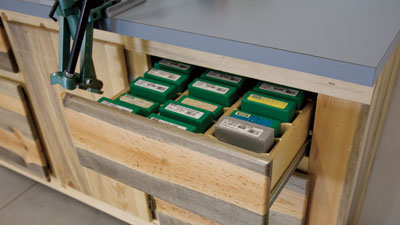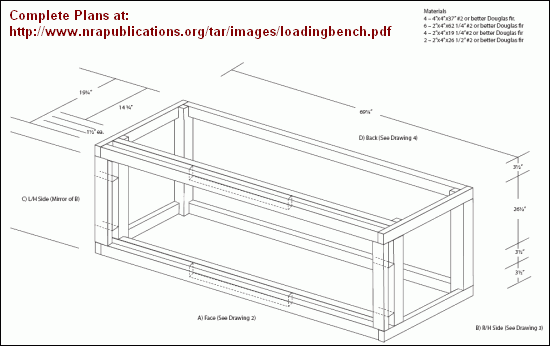Gun TECH: New Carbon Composite Scopes from Kruger

Carbon fiber offers superior stiffness/strength with ultra-light weight. That’s why you see carbon-fiber components in F1 race cars and fighter jets. Carbon fiber composites are widely used in modern aircraft, where the composites’ superior strength-to-weight ratio far exceeds that of metal. While 30% of all carbon fiber is used in the aerospace industry, carbon fiber is also used in high-tech bicycle frames, golf clubs, and archery equipment. Carbon fiber composites are used wherever high strength and low weight are “mission critical”.
Now carbon fiber is being used in rifle optics. Kruger Optical has released the all-new KC6™ carbon fiber riflescope series. We believe this is the first production use of carbon fiber composites in rifle optics main tubes. Two KC6™ models are currently offered, a compact 1-6x24mm weighing 16 ounces, and a 3-18x50mm weighing 26.5 ounces. Both scopes are illuminated, with Second Focal Plane reticles, and “Zero-Stop” turrets. Sorry, we don’t have pricing yet. KC6™ SPEC Sheet.
At 26.5 ounces, Kruger’s 3-18X model, with 34mm main tube, is lighter than many optics in its class. For example the Vortex Razor HD GenII 3-18x50mm weighs 46.5 ounces — twenty ounces more than the Kruger. However, the new Leupold VX6-HD 3-18x50mm weighs only 20.4 ounces, six ounces LESS than the carbon Kruger. Cogitate on that. It seems that an overall compact design may deliver more weight savings than a carbon fiber main tube. But we still like Kruger’s innovative use of carbon composite technology. We envision a time when carbon is more widely used in a variety of key rifle parts, not just optics.
Weight Comparison, Carbon vs. Aluminum
Kruger KC6™ 3-18x50mm (Carbon Main Tube): 26.5 ounces
Leupold VX6-HD 3-18x50mm (Aluminum Main Tube): 20.4 ounces
Vortex Razor HD GenII 3-18x50mm (Aluminum Main Tube): 46.5 ounces
Kruger states: “Using a proprietary and patent-pending process, we’ve created an elite product that’s significantly stronger and lighter than traditional aluminum scopes. Kruger has spent more than five years making the KC6™ Series a reality. Due to the unique strength properties of carbon fiber, our patent-pending KC6™ scopes are notably lighter, stronger and more durable than traditional 6X riflescopes.”

Image shows materials from Composite-Resources.com.
Incorporating carbon fiber technology used in fighter jets and race cars, the Kruger KC6™ scopes offer a distinctive appearance — the visible weave of carbon strands. Kruger claims these U.S.-engineered scopes offer excellent image clarity, plus “exceptional low-light performance”. We’d like to test one of these Kruger scopes to see how it compares to premium optics with conventional aluminum main tubes.
New Product Tip from Boyd Allen. We welcome reader submissions.












 Craters may look interesting on the moon, but you don’t want to see them on your primers. Certain mechanical issues that cause primer craters can also cause primer piercing — a serious safety problem that needs to be addressed. If you have a gun that is cratering primers (even at moderate pressure levels), there is a solution that works with many rifles — send your bolt to
Craters may look interesting on the moon, but you don’t want to see them on your primers. Certain mechanical issues that cause primer craters can also cause primer piercing — a serious safety problem that needs to be addressed. If you have a gun that is cratering primers (even at moderate pressure levels), there is a solution that works with many rifles — send your bolt to  Firing Pin Hole Bushing by Greg Tannel
Firing Pin Hole Bushing by Greg Tannel








